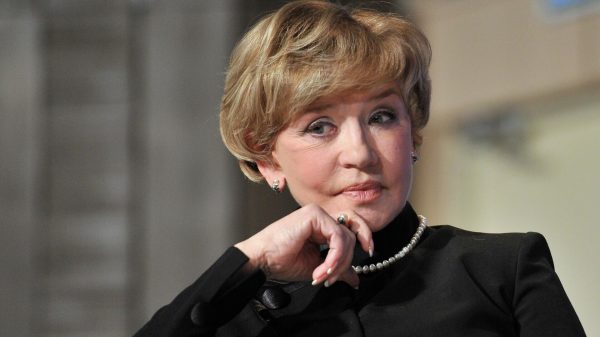Deaths in care homes in England have hit the highest level since mid-May, according to the latest official figures, which revealed a 46% jump in coronavirus-related deaths in the last week as the more transmissible variant of Covid-19 breaches care homes defences.
Some 1,260 deaths in care homes involving Covid-19 were reported to the Care Quality Commission in the week to last Friday, a sharp jump from 824 and 661 in the previous two weeks. The weekly death toll in care homes had fallen to well below 100 in early October.
The rising numbers came after the vaccines minister, Nadhim Zahawi, described the inoculation programme as “a race against deaths” and GPs scrambled to deliver vaccines to the half of care home residents yet to receive jabs. NHS England has set a goal of vaccinating all care residents by Sunday as care homes report “extreme staffing pressures” amid outbreaks that have almost trebled since late December.
Separate figures from the Office for National Statistics for the week to 8 January showed that more than 25,000 people have died from Covid in care homes across the UK since the start of the pandemic.
However, the number of care home residents who have succumbed to Covid is more than 6,000 higher once deaths after residents were admitted to hospital are taken into account.
Cases
They take the number of care resident deaths from Covid in the UK to more than 32,000 – about a third of all fatalities from the pandemic.
Over Christmas 13 of 27 residents at Edendale Lodge care home in Crowhurst, East Sussex, died from Covid, but several of them died in hospital, meaning that until now they would not have been counted as care home deaths.
The worst-affected areas last week were in line with the community spread of infections. In the south-east, 378 care home residents died from Covid, followed by 178 in the east of England and 137 in the West Midlands.
Vic Rayner, the executive director of the National Care Forum, said research among its membership has shown “phenomenal pressure on staffing across all care settings” and warned: “The acute challenges we are seeing in hospitals across the country are also happening in social care – right here, right now.”
At Tile House, a care home on the Isle of Wight infected in recent weeks, only five of its 37 staff did not test positive and 15 of the 17 residents were infected. It meant that the managing director of the chain which runs it, Island Healthcare, had to take over along with other head office staff. Maggie Bennett told the Guardian she worked from 6.30am till 10pm for 10 days to manage the shortage of staff. At another of its homes on the island, Northbrook House, 37 out of 81 staff tested positive.
“The guidelines were followed to the letter, PPE, restrictions on visiting and we were testing vigorously, taking temperatures, and before I knew it the whole house had it,” said Kat Cotton, the manager of Northbrook House, who has been working 18-hour days. “It sends you into turmoil, in your brain, in your stomach.”
“The whole system is stretched beyond anything we could imagine,” said Bennett.
Mike Padgham, the chairman of the Independent Care Group, which represents some providers, said: “Today’s awful figures show us that Covid-19 is still taking a terrible toll in our care and nursing homes. Each statistic is the death of a loved one – a parent, a wife, a husband, an aunt, uncle or friend and our thoughts go out to everyone who has lost someone to Covid-19. We have to keep up the pressure – keep the momentum on the vaccination programme and, as a society, keep observing the rules.”
Meanwhile, the government has acted to help care homes accept Covid-positive patients from crowded hospitals by underwriting the risk posed by them spreading the virus.
Insurers were refusing to cover care homes offering to become “designated settings” for discharged Covid patients – also known as “hot homes” – which have been set up in some areas to try to keep infection out of other care settings.
Until the end of March those homes will now be covered by the UK government for clinical negligence and employer’s and public liability where they cannot obtain commercial cover.























































Свежие комментарии